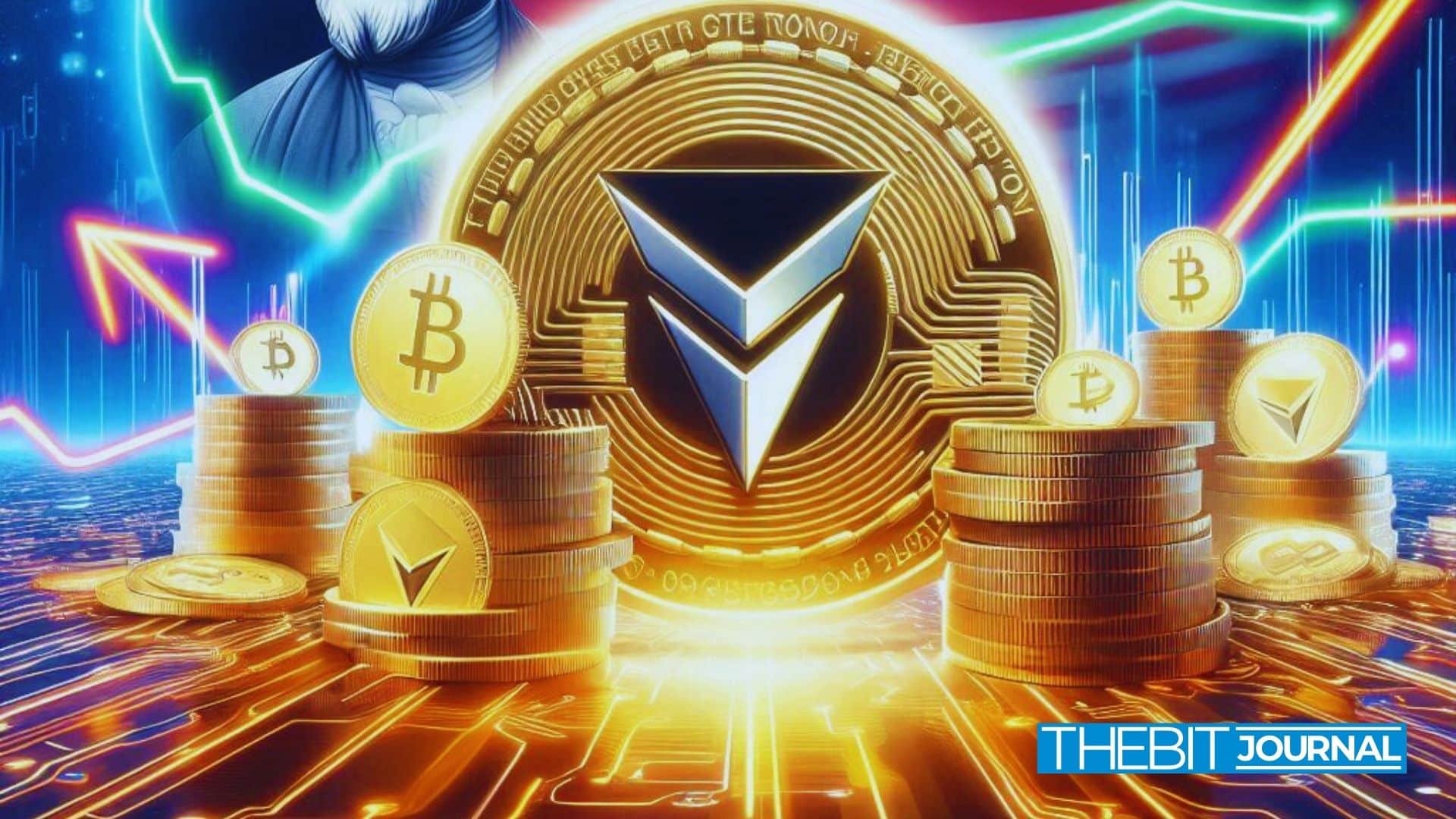Tether’s $150B Milestone: Big Growth Abroad, Bigger Plans at Home
1
0

Tether (USDT), the world’s largest stablecoin, has reached an all-time high market capitalization of $150.66 billion, solidifying its dominance in the global stablecoin market.
New DeFiLlama data shows the figure has grown $830 million in weekly terms, and the total has risen more than $5.5 billion since mid-April. But while investors are excited by the market cap, the important details are in who uses these stablecoins and how they are deployed.

Tron Captures Nearly Half of USDT Supply
Tron continues to serve as the biggest network for issuing USDT. With $73.7 billion now on Tron, accounting for 46.8% of USDT, the lead over Ethereum, which comes second, has increased.
In just the last seven days, Tron’s USDT supply jumped by 2.47%, showing why it is becoming more popular for settlement in emerging markets that care about transaction costs and speed. Tron is the top choice for OTC desks and remittances because of its low fees, easy setup, and tight exchange integrations, says a stablecoin market analyst.
Even though Ethereum is the main holder of USDT, the total supply on other networks like BNB Chain, Solana, and Avalanche is much smaller and usually just in the low single digits.
Stablecoin Liquidity Floods Tron as Demand Grows

In the last week, the total value of stablecoins on Tron, including USDC, DAI, and smaller tokens, jumped $1.79 billion, now standing at $73.74 billion. Analysts think the shift shows that cheaper options are attracting liquidity, mainly because people need digital dollars in regions where local currencies are volatile.
This year, Tether has grown its supply by more than 36%, mostly after November 2024, when the U.S. presidential election results spurred more optimism for crypto.
Tether is now valued at a 61% global share of the stablecoin market, according to information from CoinMarketCap. With roughly 25% owned by Circle’s USDC, it’s clear that USDT still commands a strong presence in crypto trading, providing liquidity, and connecting with DeFi protocols.

Tether Plans U.S. Launch Amid Regulatory Opening
This surge in Tether’s value goes hand in hand with broader industry numbers. In the past year, stablecoin usage has jumped 50%, with Dune and Artemis counting a rise from 19.6 to 30 million active wallets. It shows that more people around the world are turning to fiat-backed stablecoins as a way to link traditional and decentralized systems.
Tether is a dominant player worldwide, yet it can’t operate in the U.S., a market that is currently opening up to innovation in crypto. According to Tether, a stablecoin pegged to the U.S. dollar will launch in the United States later this year.
Speaking at the Token2049 event in Dubai, Paolo Ardoino, Tether CEO, said that a domestically issued stablecoin would be distinct from its international counterpart.
Tether Boosts Lobbying as Regulation Looms

This development takes place as Tether step up lobbying activities in Washington, where regulators are discussing how to regulate stablecoins. French Hill of the House Financial Services Committee and Bryan Steil of the Digital Assets Subcommittee proposed the STABLE Act as a key piece of legislation.
The STABLE Act proposal has gotten significant pushback. Former CFTC Chair Timothy Massad, in testimony before the House Subcommittee on Feb. 11, argued that the bill posed a high risk of state standards not being strong enough and that it lacks continued federal oversight for issuers.
The review process is inadequate, Massad said, casting doubt on whether the bill would meaningfully rein in Tether or similar stablecoin issuers.
Conclusion
The steady increase in Tether’s growth, most noticeable on Tron, helps it control the global stablecoin market. As USDT holds more than 61% of the market and is being adopted quickly, it is central to crypto liquidity. Tether’s pursuit of a U.S. license and effort to overcome regulations shows that dominance in stablecoins will bring both chances and attention in the years ahead.
Follow us on Twitter and LinkedIn, and join our Telegram channel to be instantly informed about breaking news!
FAQs
1. Why is Tether’s market cap important?
Tether’s $150.66 billion market cap solidifies its dominance, holding 61% of the global stablecoin market.
2. Why is Tron the top network for USDT?
Tron leads with nearly 47% of USDT due to low fees, easy setup, and strong exchange support.
3. How did the U.S. election affect Tether?
Tether’s supply grew 36% in the past year, with acceleration following the 2024 U.S. election.
4. Is Tether available in the U.S.?
Tether is restricted in the U.S., but plans to launch a compliant stablecoin later this year.
Glossary Of Key Terms
Tether (USDT):
A stablecoin pegged to the U.S. dollar, widely used in crypto trading.
Market Cap:
The total value of a cryptocurrency, calculated by its price and circulating supply.
USDT Expansion:
The increase in Tether’s circulating supply indicates growth in usage.
Tron (TRX):
A blockchain known for low fees and fast transactions, hosting a large portion of USDT.
Stablecoins:
Cryptocurrencies pegged to a fiat currency, offering price stability.
STABLE Act:
A U.S. bill proposing regulations for stablecoins, facing criticism for weak oversight.
Reference
Read More: Tether’s $150B Milestone: Big Growth Abroad, Bigger Plans at Home">Tether’s $150B Milestone: Big Growth Abroad, Bigger Plans at Home
1
0
 Manage all your crypto, NFT and DeFi from one place
Manage all your crypto, NFT and DeFi from one placeSecurely connect the portfolio you’re using to start.






